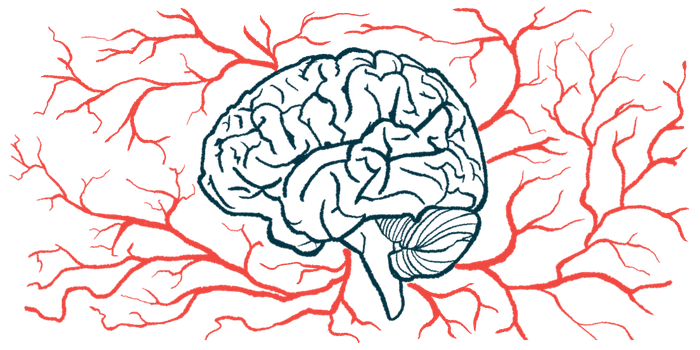ALS mutation causes brain stem cell defects at early development
Result is smaller volume in certain brain regions even before birth

Mutations in the C9ORF7 gene, the most common genetic cause of amyotrophic lateral sclerosis (ALS), lead to defects in the stem cells needed for brain development in the early stages of life, a new study shows.
In animal models of the disease, this resulted in smaller than normal volumes of certain brain regions even before birth.
“We are only beginning to understand how neurodevelopment in an embryo can contribute to neurodegeneration in an adult. Our study offers some suggestive evidence of how this might occur in the context of ALS,” Justin Ichida, PhD, study co-author at the University of Southern California, said in a news release.
The study, “The C9ORF72 repeat expansion alters neurodevelopment,” was published in Cell Reports.
While the causes of ALS remain largely unknown, some cases result from genetic mutations.
ALS-associated mutations are present in a person their entire life, starting from the moment of conception when a sperm fertilizes an egg cell. People with these mutations don’t generally develop noteworthy disease symptoms until adulthood, however.
C9ORF7 gene mutations and brain, nervous system development
Studies have shown that people carrying a mutation in C9ORF7 have detectable reductions in a type of brain tissue called gray matter before the onset of symptoms, but it’s not been clear how early these problems develop.
“It’s unclear whether this reduction in gray matter arises from altered development in an embryo or from early degeneration in an adult,” said Eric Hendricks, PhD, a postdoctoral researcher in the Ichida lab and co-author of the study.
In this study, the researchers evaluated how ALS-causing mutations in the C9ORF7 gene affect the early stages of development in the brain and other parts of the nervous system.
The scientists performed a series of experiments using neuronal stem and precursor cells, the early developmental cells that grow to create nerve cells and other types of brain cells. Cells harboring a C9ORF7 mutation have a reduced ability to self-renew and make more stem cells, they found.
In mice, they showed the size of certain brain regions tended to be smaller with a C9ORF7 mutation. These differences were evident early in development and could be detected even when the mice were still in the womb.
The specific pattern of changes seen in the mice shows a “striking resemblance” to the reductions in gray matter reported in people who carry the C9ORF7 mutation, but don’t yet have ALS symptoms, the researchers said.
Mice with the C9ORF7 mutation also showed a greater reduction in brain volume when exposed to a chemical that interferes with brain development in the womb. They also showed more impairments on tests of motor function later in life.
These findings “suggest that increasing the extent of neurodevelopmental impairment sensitizes mice to the emergence of disease symptoms caused by the C9ORF72 repeat expansion,” the researchers wrote, adding these data “may have significant implications” for understanding disease onset in C9ORF72 repeat expansion carriers.”
“Our findings suggest that C9ORF72 mutations impair neurodevelopment in patients with ALS … and that this could potentially contribute to the onset of disease symptoms later in life,” Ichida said.
It’s generally assumed that C9ORF7 mutations cause ALS by interfering with the normal function of the gene. Completely eliminating the C9ORF7 gene didn’t cause the same types of stem cell problems as ALS-causing mutations, however, suggesting the cause of these problems isn’t just an absence of functional C9ORF7. Instead, abnormal small proteins produced from C9ORF7 mutations were involved in these toxic effects. In particular, a small protein called poly(AP), which hasn’t been reported to be toxic in nerve cells, was found to substantially reduce the renewal of nerve stem cells.







